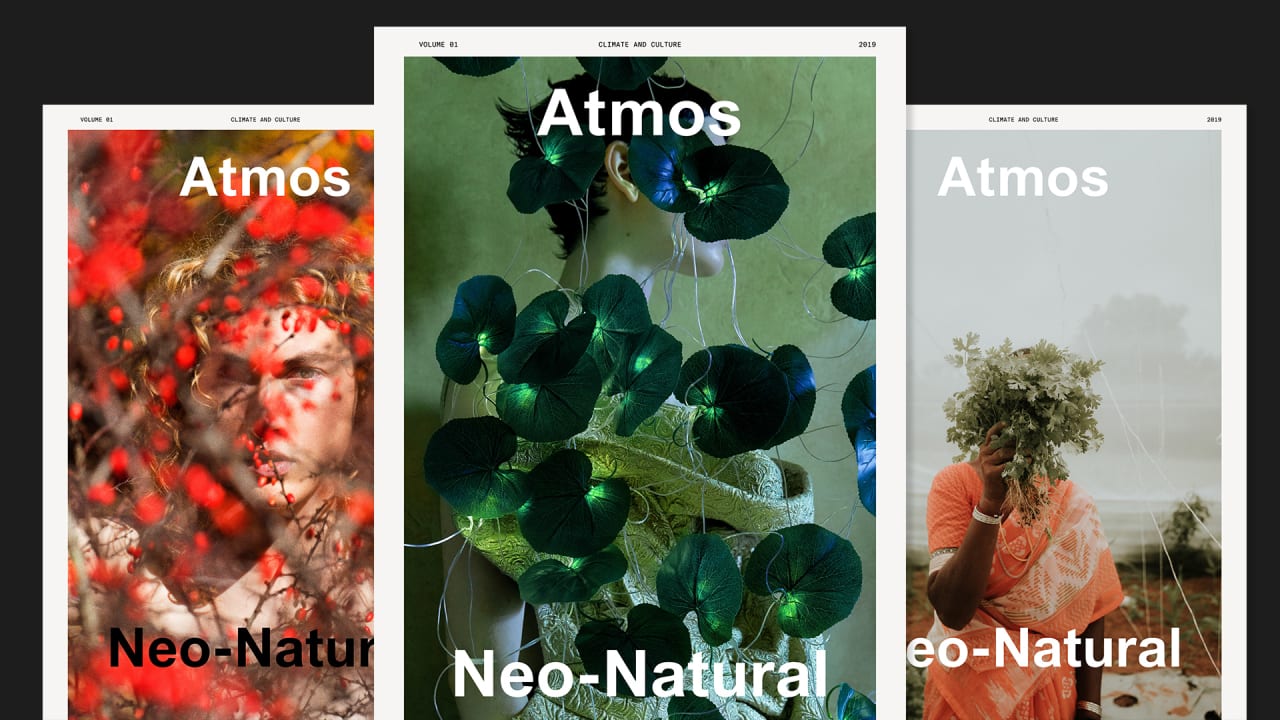
The term ‘design activism’ refers to using your skills and talent as a designer to bring about a positive change in society. In this day and age, a designer can play their role in activism by creating awareness among teenagers through social media platforms like Instagram, as well as through collaboration with non-profit organizations that provide benefits to the local community. However, there are many challenges a designer can face while pursuing activism, the most significant of them being financial issues. Thus, it would be wise for a designer to be able to sustain themselves while working because design activism does not primarily yield income or profits.
An early example of design activism can be found within the world renowned symbol for peace itself. It originated in London, 1958 when thousands of protestors gathered at Trafalgar’s Square. This was when the UK was developing nuclear weapons and people marched 50 miles to Aldermaston where nuclear weapons were stocked. The peace sign was then seen on the banners of these protestors for the first time in history, and it soon became the symbol for CND (Campaign for Nuclear Disarmament). This peace symbol was designed by British artist and designer Gerald Holtom, with the intent to give the march a stronger voice.
“It speaks very clearly of an era and a sensibility”- Stephen Bayley.
Source: The peace symbol: A brief history – CNN Style

More recently, Atmos magazine is an upstanding example of a design activism campaign. The magazine aims to create awareness regarding climate-change and nature among its audience. It highlights how nature is being damaged and what can be done by the general public to save it. Moreover, they bring climate and culture together in a way that prioritizes nature in cultural values. According to the editor-in-chief, Defenbaugh, they must make people aware of the global effects of climate change and how to minimize them. They also hope to motivate readers to take active decisions to save the environment; this includes making environmentally friendly changes to their lifestyles. Atmos magazine expects to inspire influential, powerful people that can further spread awareness and call people to take action to save our planet.
Another great instance is Greenpeace’s Ecology campaigns. By partnering with Rethink, Greenpeace sheds a spotlight on the negative effects of the use of plastic straws on the environment. They hope to decrease the wastage of plastic straws by highlighting their horrible impact on nature. The plastic pollution crisis has become an important issue and has raised voices of concern about big corporations and their huge plastic footprints. This is why leading brands like McDonald’s, Starbucks, and American Airlines discontinued the use of plastic straws, cups and bags. Additionally, the NGO released inspiring ads that represent how mankind has disrupted the environment to cause several natural disasters. The ads themselves feature deforestation, ocean waste and smog with a bold visual of a human fingerprint that begs the question- Is this the impact we want to leave on Mother Nature?
It is inspiring to see these clever acts of activism by artists and designers, because they provide the world with a glimmer of hope in the midst of all the land, sea and air pollution. As long as there are people willing to use their skills to take action against climate change, there is a fighting chance for us to overcome our damage and live fuller lives.



